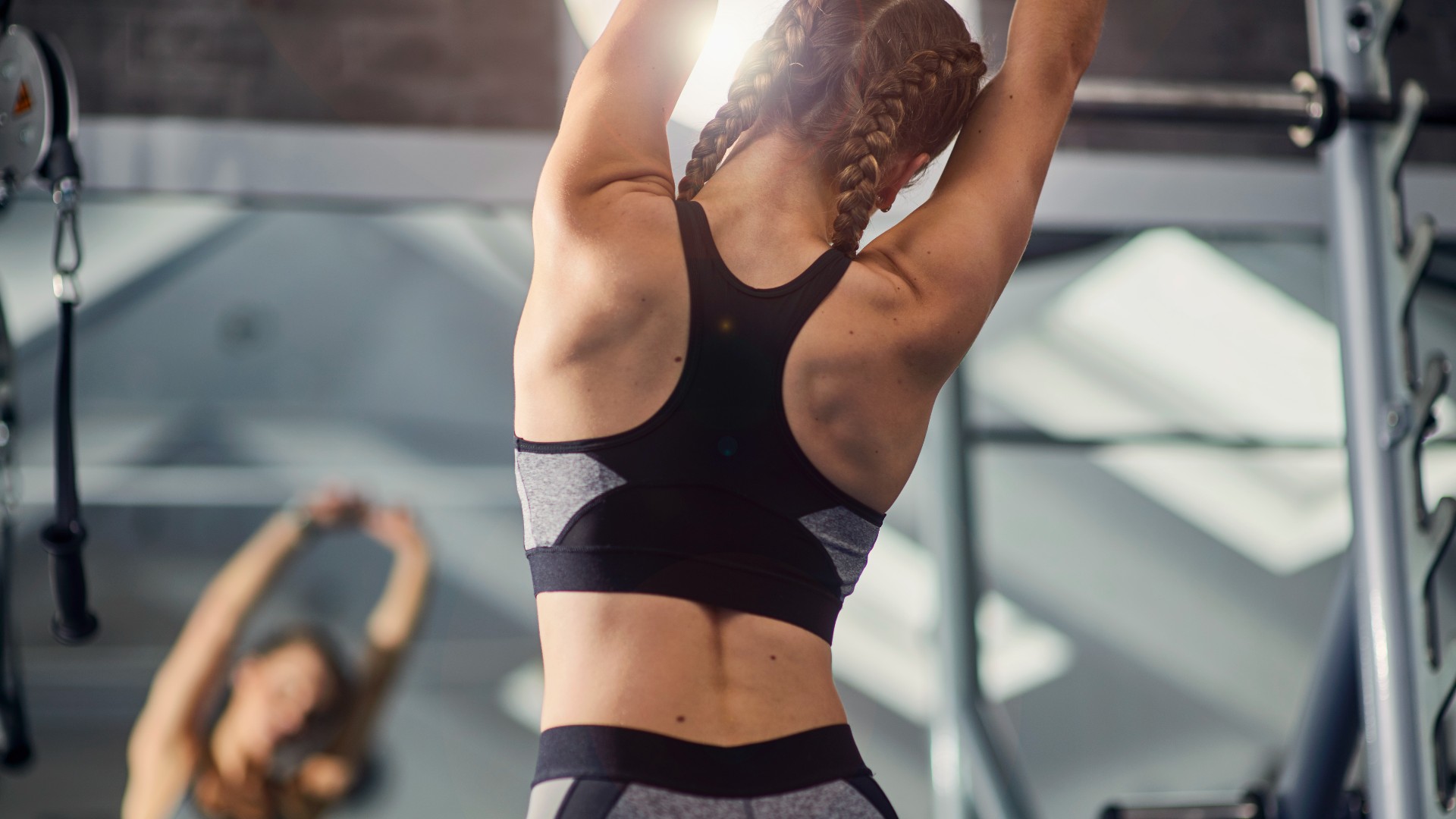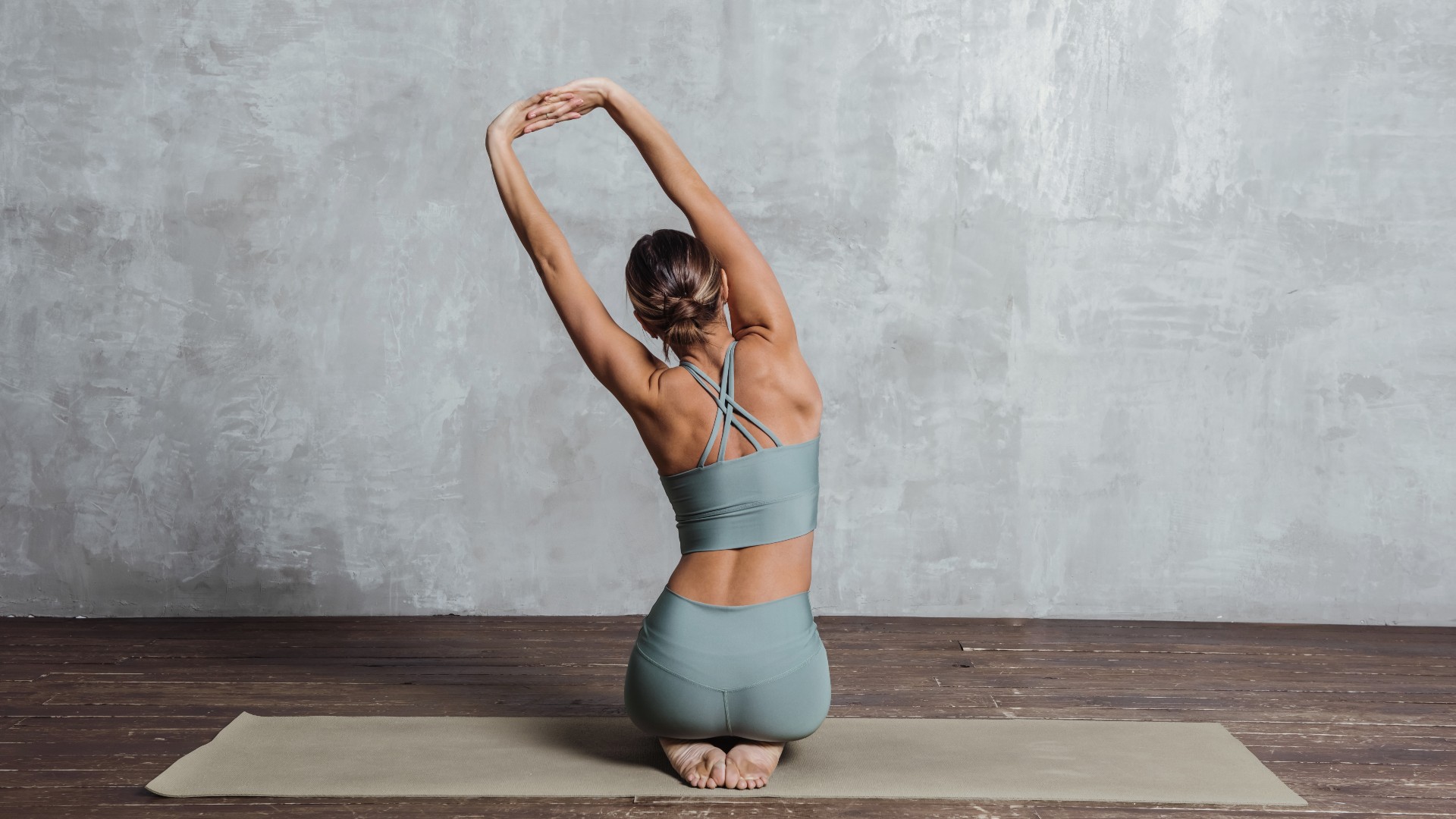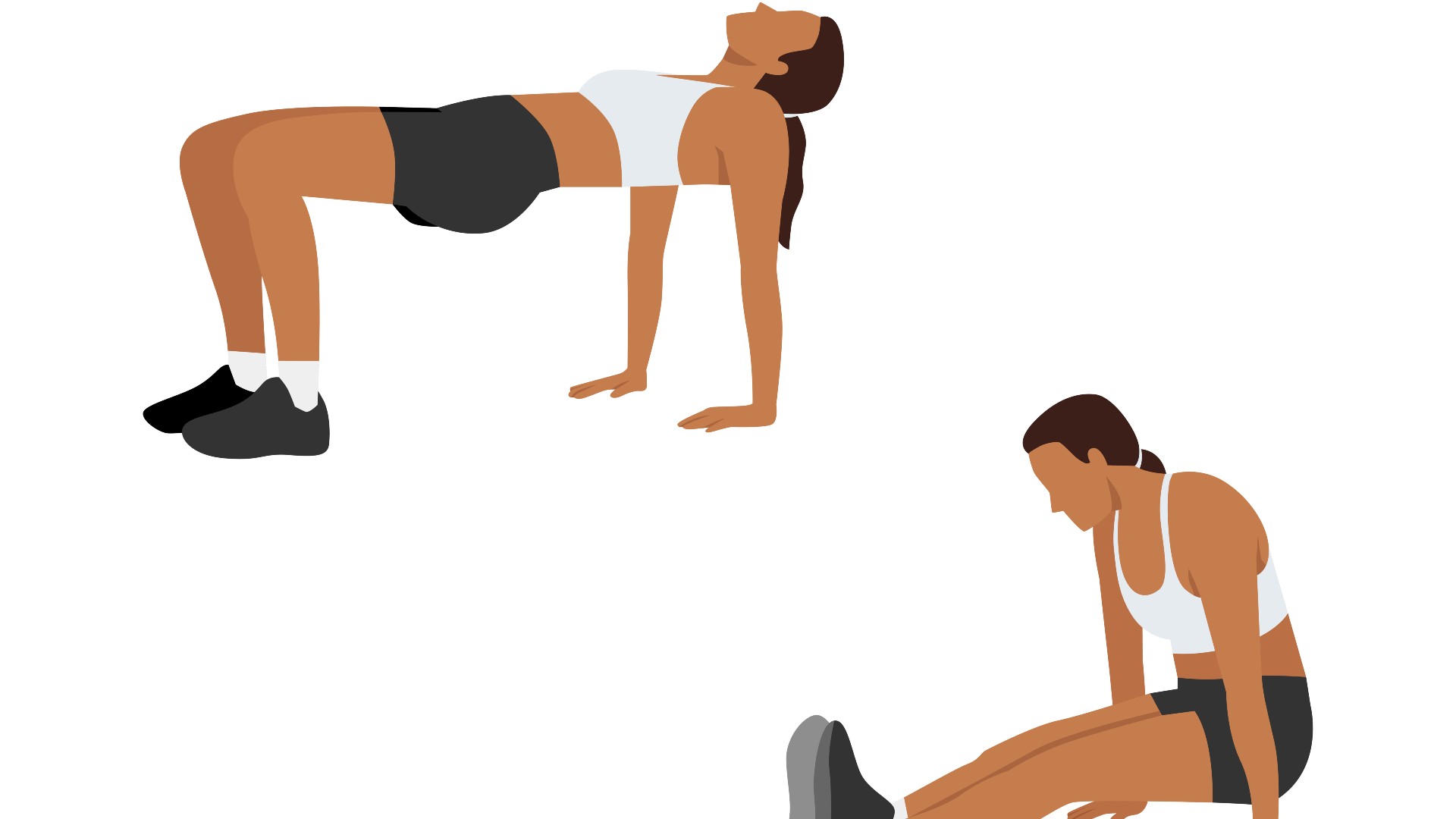
I swear by these five upper-body stretches to develop flexibility, improve posture, and release tension after strength training programs, especially if you suffer from tight shoulders, like me. As someone with dodgy shoulders who happens to be a personal trainer, I’ve spent years trying to improve flexibility and range of motion and build upper-body strength.
Improving your movement quality could positively impact your everyday functional performance and develop better movement during workouts. By achieving a better range of motion, like during an overhead press, you could get more back from exercises and build strength in the process.
I get it: Stretching can be tedious, but your cool-down routine doesn’t need to take long. In fact, these five stretches could work as a quick standalone stretching routine before or after your upper body workouts. Grab one of the best resistance bands to develop strength and flexibility, and read on for these shoulder stretches I swear by.
Benefits of stretching
Dynamic stretches help to warm up your muscles and move your limbs through their full range of motion before a workout, which could improve your form and reduce chances of injury. Static stretching for sustained periods (over 15 seconds) could develop short-term flexibility improvements, but these stretching benefits are short-lived unless performed regularly.
Research — like this study — has shown that regular PNF (assisted) stretching could help boost flexibility and muscle function over time. And as your body adapts to regular stretching, you could see positive improvements in your range and exercise form; areas to pay close attention to include your hips and shoulders. According to the biomechanics of the shoulders, the shoulder joints are the most unstable in the body but have the most range of motion. Therefore it’s crucial to build strength and flexibility there.
What causes tight shoulders?

Tight shoulders and internal rotation (slumping forwards) are generally down to poor posture, prolonged sitting, injury, or overuse. Overworked and tight pectoral muscles and underworked back muscles could result in imbalances that prevent specific muscles from pulling your shoulders upright and back. These include your rhomboids which pull the scapulae towards the spine, and the trapezius, responsible for posture.
Upper body muscles to stretch
A complete upper-body workout will involve pulling movements like pull-ups or rows that engage the muscles in your back alongside the biceps and rear deltoids (backs of the shoulders). Pushing moves like push-ups target your triceps, anterior deltoids (fronts of the shoulders), and pectoral muscles. You’ll want to focus primarily on these muscles when performing upper-body stretches. We swear by this upper-body dumbbell workout and shoulder workout if you need some fresh workout ideas.
Get instant access to breaking news, the hottest reviews, great deals and helpful tips.
To loosen and strengthen the muscles in your shoulders, try these five stretches that target your pectoral muscles, anterior and posterior deltoids (fronts and backs of shoulders), triceps, biceps, and back muscles in one well-rounded and short session. You’ll hit the major muscle groups responsible for movements like the bench press and military press and release tension from stretching tight and overworked muscles.
Hold each stretch for 30 seconds to one minute and repeat as desired, moving slowly to a range of motion that suits you. As a beginner, start slow and build up to longer holds. Remember to breathe, only deepening the stretch as you exhale. It’ll feel uncomfortable (breathe through it!) but stop if you experience pain or feel unwell. Always consult a qualified medical professional if you’re suffering from an existing injury or are new to exercise before starting a new exercise program.
1. Cow-face pose

Cow-face improves breathing, reduces stiffness, and strengthens the muscles in your chest, triceps, shoulders, and spine.
- Start cross-legged in a seated position
- Bend your left arm and place your left hand to the center of your back, elbow pointing upward
- Wrap your right hand behind your back, palm facing away from you, and try to clasp both hands together
- Pull your left elbow back to open your chest
- If the stretch feels too intense, grip a resistance band in both hands to bridge the gap
- Change sides.
2. Reclined spinal twist

This stretch opens your shoulders and arms, stretching your back, glutes, spine, and abdominal muscles.
- Lie on your back and bend your elbows to 90 degrees, palms facing up
- Your forearms will be parallel to your ears, and your arms and shoulders resting on the ground
- Bring your left knee to your chest and extend your right leg
- Engage your core, then exhale as you drop your left leg over your right leg into a twist
- Keep your shoulders flat, then hold. Repeat on the other side.
3. Prone chest stretch
The stretch primarily targets the pectoral muscles, triceps, and fronts of your shoulders.
- Lay face down with your head turned to the right, and place your left arm out to the side
- Bend your elbow so that your arm is at 90 degrees, palm down, resting on the floor
- Press your arm into the ground keeping your right hand close for support. If you can, flip your left leg over your right to deepen the stretch
- Hold, then repeat on the other side.
4. Reverse tabletop

The stretch targets the front of your body and opens and strengthens the shoulders, arms, and wrists.
- Sit with both arms extended behind you, knees bent, and feet planted down
- Your fingers should point toward your heels
- Walk your feet slightly away from you and engage your core
- Take a deep breath, then exhale as you push your hips upward
- Keep your gaze forward or look behind you if you feel comfortable.
5. Child pose

Old and gold, child pose is perfect for stretching the backs of your shoulders, arms, and upper back.
- From a kneeling position, separate your knees and keep your big toes touching
- Send your sitting bones down toward your heels
- Walk your hands out in front of you, palms facing down (adjust to palms up for a more intense stretch)
- Press down gently with your hands, bringing your head and chest toward the ground
- Hold and focus on your breath.
Next up: I tried stretching with StretchLab to boost flexibility all over, and wow; try this one move to reduce hip flexor pain, and these are the stretches that help our editor with hip pain.

Sam Hopes is a level 3 qualified trainer, a level 2 Reiki practitioner and fitness editor at Tom's Guide. She is also currently undertaking her Yoga For Athletes training course.
Sam has written for various fitness brands and websites over the years and has experience across brands at Future, such as Live Science, Fit&Well, Coach, and T3.
Having coached at fitness studios like F45 and Virgin Active and personal trained, Sam now primarily teaches outdoor bootcamps, bodyweight, calisthenics and kettlebells.
She also coaches mobility and flexibility classes several times a week and believes that true strength comes from a holistic approach to training your body.
Sam has completed two mixed doubles Hyrox competitions in London and the Netherlands and finished her first doubles attempt in 1:11.

